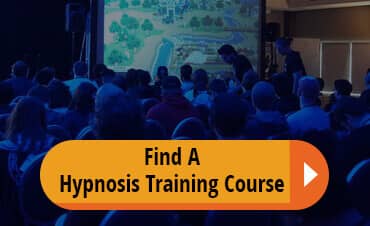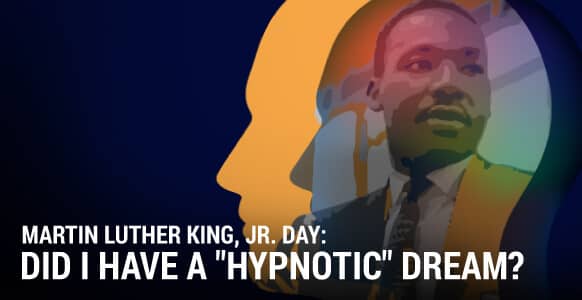
To pay tribute to an American great, each January a federal holiday is celebrated in the name of Martin Luther King, Jr.
So while this article is part homage to this holiday, it is also to recognize the powerful hypnotic language techniques that were at play in MLK’s history-changing speech, “I Have A Dream.”
And while MLK may not have knowingly used hypnotic language, it’s clear from this speech that he had a keen understanding of the persuasive power of words.
If you haven’t had the opportunity to watch it before, you can check it out here:
The whole point behind hypnosis and hypnotic language can be summed up using the ABS formula, which is:
A – absorb attention
B – bypass the critical factor
S – stimulate the unconscious mind
Regular readers will already be familiar with this formula, so here’s a quick recap of how it works.
In order to be able to hypnotize someone, you need to get their attention. If you can’t get their attention, then they won’t be listening to what you have to say.
And unless they’re listening, you won’t be able to communicate with them on any level. One sure-fire way to get their attention is through the use of hypnotic language.
Once you’ve got their attention, your next task is to bypass their critical mind. That’s the part of the conscious mind that’s always criticizing, analyzing, and rejecting information.
It thinks logically and rationally, blocking messages so they can’t make their way into the unconscious mind, the place where creativity, imagination, inspiration, motivation and insight reside.
Hypnotic phrases, themes and power words are the perfect tools to access it.
As soon as that part of the conscious, critical mind is bypassed, you’re able to start communicating directly with the unconscious.
You might recognize this as the process that takes someone into a hypnotic trance, to a stage where it’s possible to make suggestions that will lead their thinking and future actions in a particular direction.
You can achieve this by making good use of hypnotic themes.
Clearly, Martin Luther King, Jr. wasn’t trying to hypnotize his audience in the strict sense of the word. And yet, much of this famous speech has a great deal of hypnotic power.
Let’s take a closer look at the speech and see if we can identify some of the techniques found within it.
Hidden Hypnotic Techniques In The “I Have A Dream” Speech
1. Hypnotic Themes
Looking at the speech as a whole, you can see that there are a number of hypnotic themes that permeate it.
A hypnotic theme is simply an idea, like relaxation, comfort, potential, success, and so on. In the context of this speech, the themes that run through it include the notions of freedom, independence, unity, equality and justice.
That makes absolute sense, since MLK gave the speech exactly 100 years after Lincoln signed the Emancipation Proclamation.
The theme of freedom begins on the very first line.
The word “freedom” is repeated no less than twenty times in total, with the shorter version “free” appearing an additional five times.
That’s what you’d expect in a speech designed to help put an end to segregation and inequality.
Ironically, the word independence only shows up once in a reference to the Declaration of Independence.
Naturally, though, if someone has their freedom, that implies they’ve also got their independence. So the theme of independence is present even if not stated outright.
What’s the most universal sign of unity?
The act of joining hands.
To make this even more poignant, the text refers to boys and girls from both ethnic backgrounds joining hands “as sisters and brothers.”
The speech concludes with another reference to the act of joining hands, this time stating that “all of God’s children, black men and white men, Jews and gentiles, Protestants and Catholics, will be able to join hands and sing” – showing clearly the need to put aside our differences and start treating each other as equal human beings.
Where equality and justice are concerned, King uses a number of techniques to drive these themes home. He quotes the famous line from the Declaration of Independence that “all men are created equal.” The word “justice” appears in the speech eight times, making listeners aware of two important facts:
That all Americans, regardless of the color of their skin, are entitled to the same privileges and considerations
That black Americans have been waiting patiently for their “justice” for 100 years
2. Metaphors
This speech is nothing short of a master class in the use of metaphor.
King paints pictures with words as skillfully as if he’d been given a paintbrush and every shade of pigment under the sun.
There are so many examples, in fact, that there isn’t room in this article to discuss every one of them.
Instead, here’s a list of some of the most potent and descriptive metaphors that still resonate with anyone who listens to the speech:
- Seared in the flames of withering injustice
- Crippled by the manacles of segregation and the chains of discrimination
- A lonely island of poverty in the midst of a vast ocean of material prosperity
- Rise from the dark and desolate valley of segregation to the sunlit path of racial justice
- From the quicksands of racial injustice to the solid rock of brotherhood
- The sweltering summer of the Negro’s legitimate discontent – (note the allusion and comparison to Shakespeare’s speech from Richard III, “now is the winter of our discontent”)
- Drinking from the cup of bitterness and hatred
- Until justice rolls down like waters and righteousness like a mighty stream – (a couple of similes, but equally as provocative)
- Hew out of the mountain of despair a stone of hope
- Transform the jangling discords of our nation into a beautiful symphony of brotherhood
You’ll also notice how some of these metaphors do more than paint pictures: they also make a stark contrast between two extremes, such as the stone of hope versus the mountain of despair.
3. Anaphora
In case you haven’t heard of it before, anaphora is a rhetorical term that refers to the repetition of words at the beginning (and sometimes the end) of phrases.
The most often quoted example of this is the phrase “I have a dream” which appears eight times in successive sentences.
Other uses of the device include the following:
- One hundred years later
- Now is the time
- We can never (cannot) be satisfied
- Let freedom ring
As you probably realize, repetition is a useful tool that helps activate the hypnotic state.
It can have the same effect as a mother gently sending her child to sleep with the back and forth movement of a rocking chair.
In the hands of a great speech writer, the repetition of key phrases helps bury significant ideas into the minds of listeners, making sure they take away as much of the message as possible.
4. Power Words
We’ve seen how the speech makes extensive use of metaphors to implant pictures into the unconscious mind.
Not close-ups, but vast landscapes needed to embrace those large universal themes mentioned earlier.
You may have heard of power words.
They’re words such as: and, because, as well as, imagine, and remember.
These are simple words that get repeated to help you create your own pattern of hypnotic language.
What you may not be so familiar with is the Hypnotic Language Shortcut System (or HLSS).
The HLSS is a collection of cards with 70 power words organized into a number of different suits and categories.
The cards are colored according to their designation, so that RED suit stands for imagination, GREEN suit for linkage, ORANGE suit for need, and so on.
On one side of the card you’ll find the power word (such as imagine) while on the other side you’ll find several sentences giving examples of how to use the word in a hypnotic language context.
Let’s get back to the ABS formula.
Each of the categories contained within the HLSS cards is designed to address one of the 3 parts of the formula, i.e. to absorb attention,bypass the critical factor, or stimulate the unconscious mind.
The question is, how do those criteria apply to one of the most famous speeches in history?
To find out, we’ll see if we can match up elements of the speech to the various HLSS categories, in an effort to discover which power words MLK made use of.
5. Red Suit – Imagination
Nothing stimulates the unconscious mind as quickly as being asked to imagine something.
Imagination is, after all, the domain of the unconscious.
MLK achieves this by evoking images using metaphor and a number of other techniques. He refers to the eventual guarantee of freedom as a promissory note, a check that it has now become time to cash.
It is in itself a metaphor, one that gets extended to include phrases such as “the bank of justice” and “insufficient funds” and “riches of freedom.”
Phrases such as “I have a dream” and “let freedom ring” are also designed to fire up the imagination.
The dream hinted at is, of course, freedom and equality, a dream most likely shared by everyone in attendance when the speech was first given.
And when the speaker repeats the words “let freedom ring” it conjures up images of a bell being rung to celebrate the fact that liberty has, in fact, been finally achieved.
It won’t have escaped your attention that the Liberty Bell is perhaps the most famous symbol of American independence.
6. Orange Suit – Need
Need is one of the best ways to motivate people.
Where power words are concerned, it includes phrases such as: you have to, you must, and you should.
Because MLK was speaking to a large audience, he turned the “you” into a “we.”
You can see that in paragraph 10 of the speech particularly, where the words “we must” appear 4 times.
The same effect is created with the phrase “now is the time” – a definite call to action if there ever was one.
Few motivators are as effective as telling someone they have to do something now, straight away, in this very moment.
7. Yellow Suit – Awareness
This relates to the first part of the ABS formula – absorbing attention.
When you’re aware of something, your attention is on it. The speech grabs its listeners’ attention almost immediately by alluding to Lincoln’s famous Gettysburg Address.
Instead of the expected “Four score and seven years ago” King comes out with “Five score years ago.”
This is a clever way to get the audience’s attention, while at the same time demonstrating the speaker’s knowledge of the past and acknowledging the importance of the country’s history.
It’s also a nod to another great speech and great leader of men.
Then, in the very next paragraph, his listeners get hit with another shock:
“But one hundred years later, the Negro is still not free.”
If he didn’t have their attention before that, he certainly would have had it by now.
8. Green Suit – Linkage
Linkage refers to the linking together or association of ideas. This is an effective device for two reasons:
The unconscious mind reasons through association
As the ideas get bundled together, their power grows
Linkage words can be as simple as the word “and” or can take the form of phrases such as “Every time you…”
MLK achieves this linkage effect by repeating chosen words and phrases at appropriate times.
The last 5 paragraphs show this technique at work, with the word “and” used repeatedly, as well as the phrase “let freedom ring.”
If you get the chance to read these final paragraphs straight through you’ll notice the cumulative effect these linkage words and phrases produce.
9. Blue Suit – Pseudo Logic
Pseudo logic is when something sounds logical when it actually isn’t.
The reason it appears in the HLSS pack is simple: the deeper you are in a trance, the less logical you have to be.
The unconscious mind is not logical, so it willingly accepts the juxtaposition of ideas, even if they have nothing in common.
For example, you might say to a subject: “The more you listen to my voice, the more you go into hypnosis.”
Logically speaking, one thing doesn’t necessarily follow the other.
Listening to your voice isn’t guaranteed to send someone deeper into hypnosis.
But when you say it like this, the unconscious mind responds:
“Ok, that’s what I’m going to do.”
There aren’t any obvious or glaring examples of pseudo logic in this speech, but that’s not surprising.
The speech was written to highlight the “shameful condition” of people of color in 1963.
It follows a logical course from beginning to end, telling it like it is, quoting historical documents and the Bible, leaving the audience in no doubt whatsoever that the time for freedom has come.
10. Purple Suit – Negation
Negation is just what it sounds like. Negativity.
But it has a power all of its own. Why?
Because when presented with a negative word or idea, the unconscious mind can’t simply ignore it.
It has to think about it before it can decide what to do with it. And while the unconscious is weighing it up, you have the opportunity to break down resistance.
In terms of hypnotic language, negation takes the form of phrases such as
- You don’t have to
- It’s not necessary
- There’s no need to
King uses negation in paragraphs 11 and 12, where he tells his audience they “must not” do this and that.
This negative instruction continues with a whole sequence of sentences that begin with the phrases “We can never be satisfied” and “We cannot be satisfied.”
11. Violet Suit – Assumption
Assumptions are powerful ways to present ideas because they happen outside of your awareness.
They allow you to get the unconscious mind to accept an idea by implication, rather than by stating it out loud.
That means the conscious mind has nothing to latch onto, so the unconscious jumps in and grabs it.
Typical assumption phrases would include the words “will you” followed by the word “or”, as in “Will you enjoy that trance now, or feel deep comfort later?”
The same is true of the phrase “sooner or later” as in “Sooner or later you will go into a trance.”
The experience your subject is meant to enjoy – i.e. going into a trance – is implied rather than dictated, giving the unconscious mind the signal that going into a trance might be a good idea.
King manages to slip a bunch of assumptions into his speech using the phrase “as long as” – which has a similar implication to the words “sooner or later.”
You’ll find this phrase repeated 5 times in the section that begins “We can never be satisfied.”
What gives this speech its hypnotic power?
Partly it’s the speaker’s tonality, and partly it’s the language he uses.
Despite the overriding theme – it’s time for people of color to stand up for their rights to equality and complete freedom – the speech is so well written that it still manages to convey a positive message.
It’s got H+ written all over it.
After all, who doesn’t want freedom? Who doesn’t want equality? Who doesn’t want justice and independence?
Everybody wants these things.
And given the opportunity to think about it, we all know that everyone else deserves them too.
If you ever wanted to know how to make your hypnotic language more convincing, more persuasive, and more inspiring, you could do a lot worse than to study this speech.
You might even benefit from reading it out loud a few times. More than 50 years after it was written and delivered, its message is just as stirring, evocative, motivational and hypnotic as ever.
And if you’d like to learn more about hypnotic language – and perfect some of the techniques MLK used in his famous speech – we’re giving away copies of the Hypnotic Language Shortcut System for free, so get yours here.





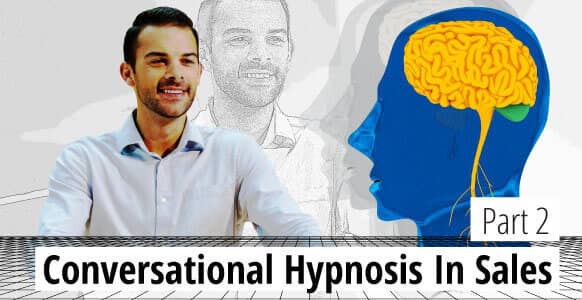
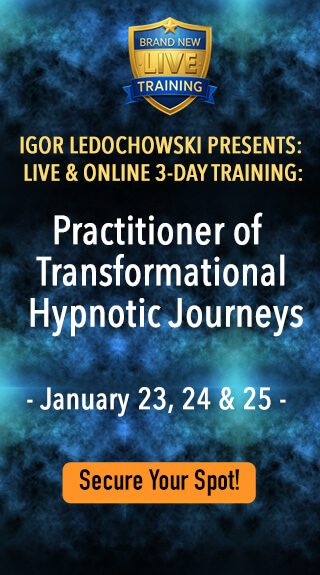



![[ADVANCED GUIDE] How To Master Hypnotic Regression Therapy - Part I: Essential Principles To Profoundly Transform Your Subject’s Emotional Trauma [ADVANCED GUIDE] How To Master Hypnotic Regression Therapy - Part I: Essential Principles To Profoundly Transform Your Subject’s Emotional Trauma](https://hypnosistrainingacademy.com/wp-content/uploads/2016/09/hypnotic-regression-therapy-essential-principles.jpg)
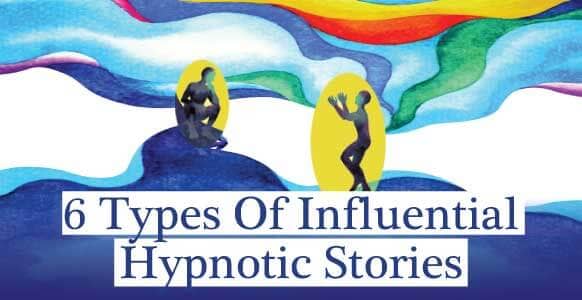
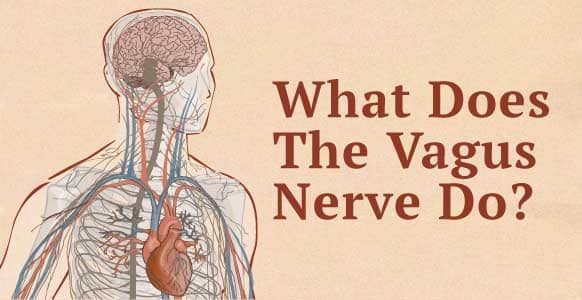

![Yogic Breathing For Hypnosis: 3 Easy Techniques To Ground & Relax Your Clients Before Inducing A Hypnotic Trance [Includes Infographic] Yogic Breathing For Hypnosis: 3 Easy Techniques To Ground & Relax Your Clients Before Inducing A Hypnotic Trance [Includes Infographic]](https://hypnosistrainingacademy.com/wp-content/uploads/2019/05/yogic-breathing-for-hypnosis.jpg)
